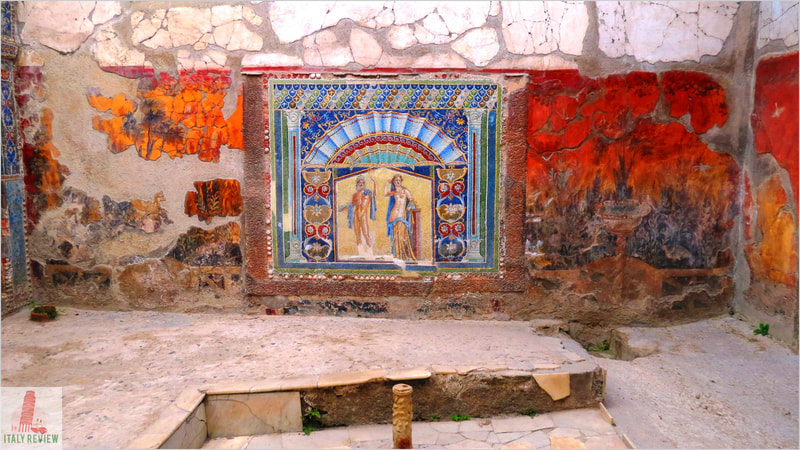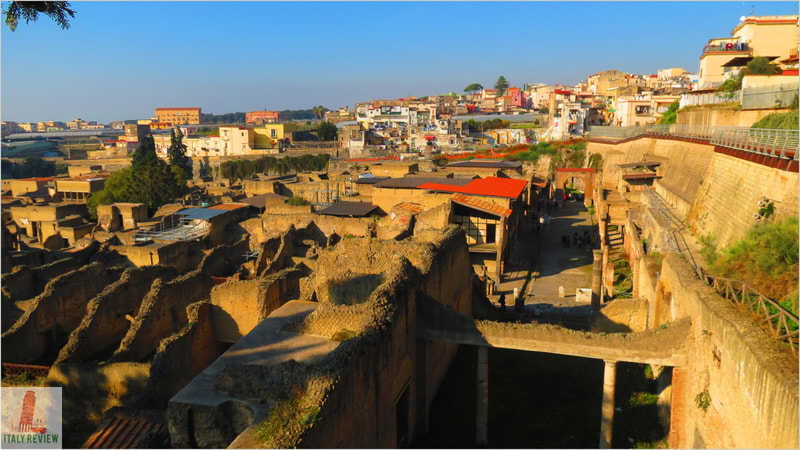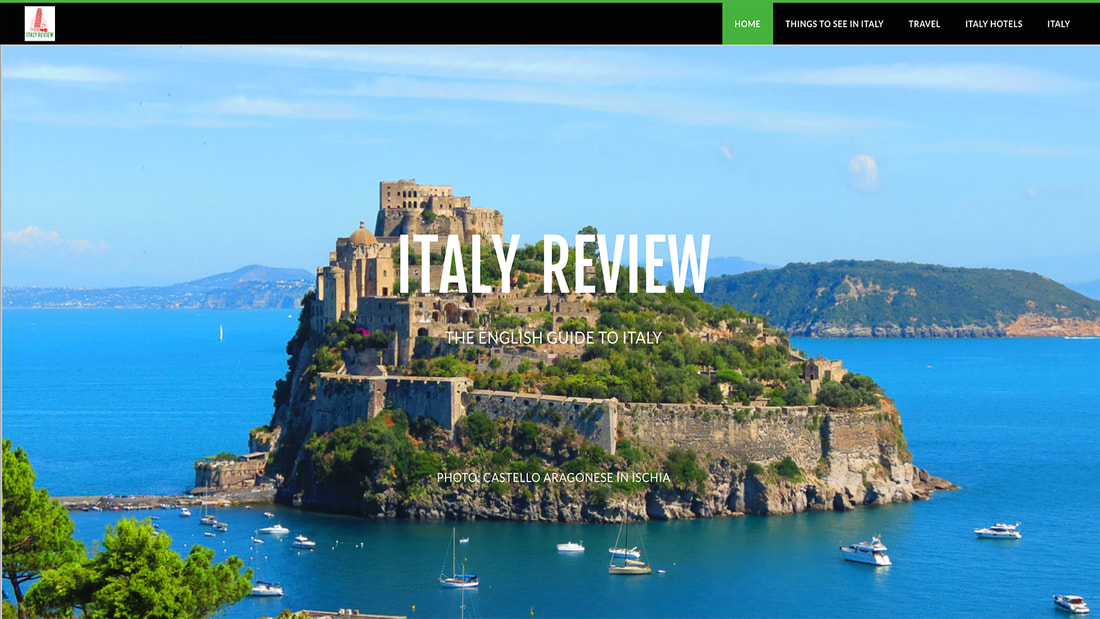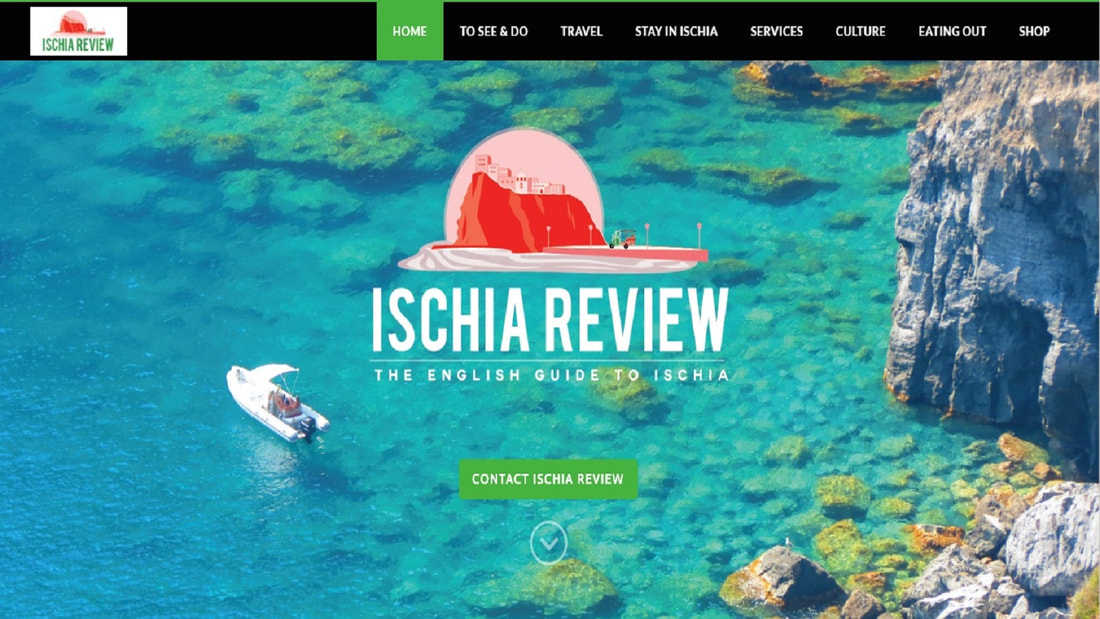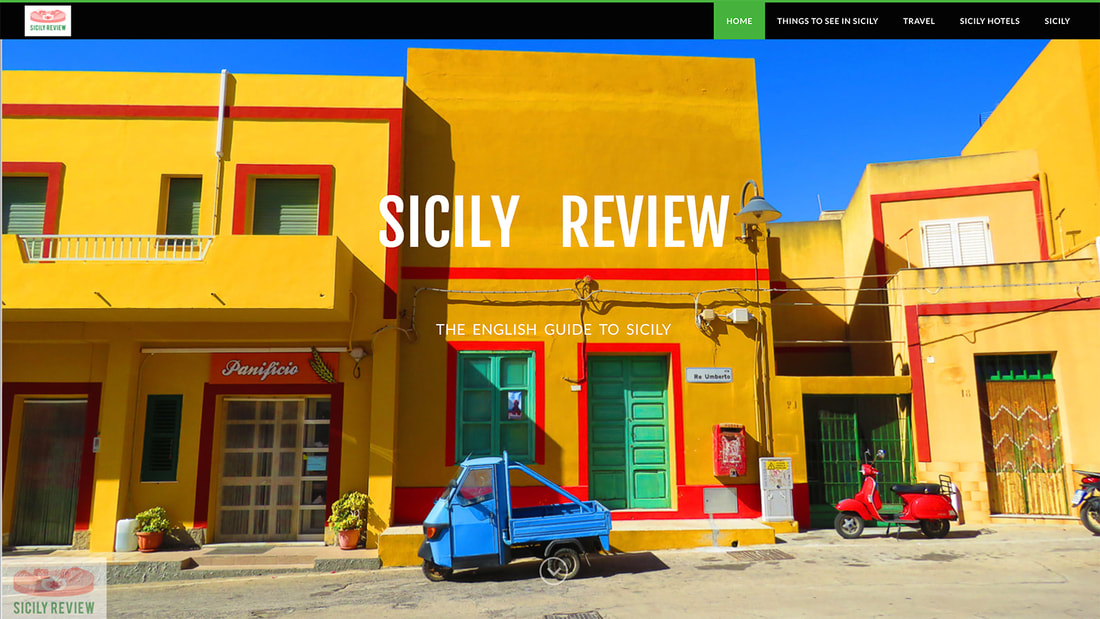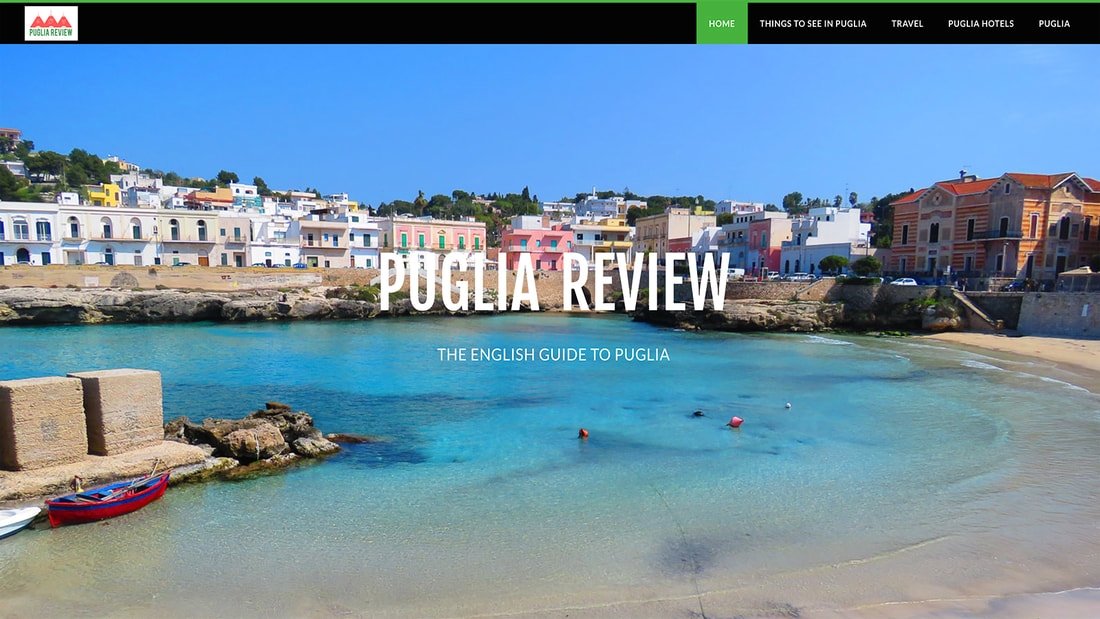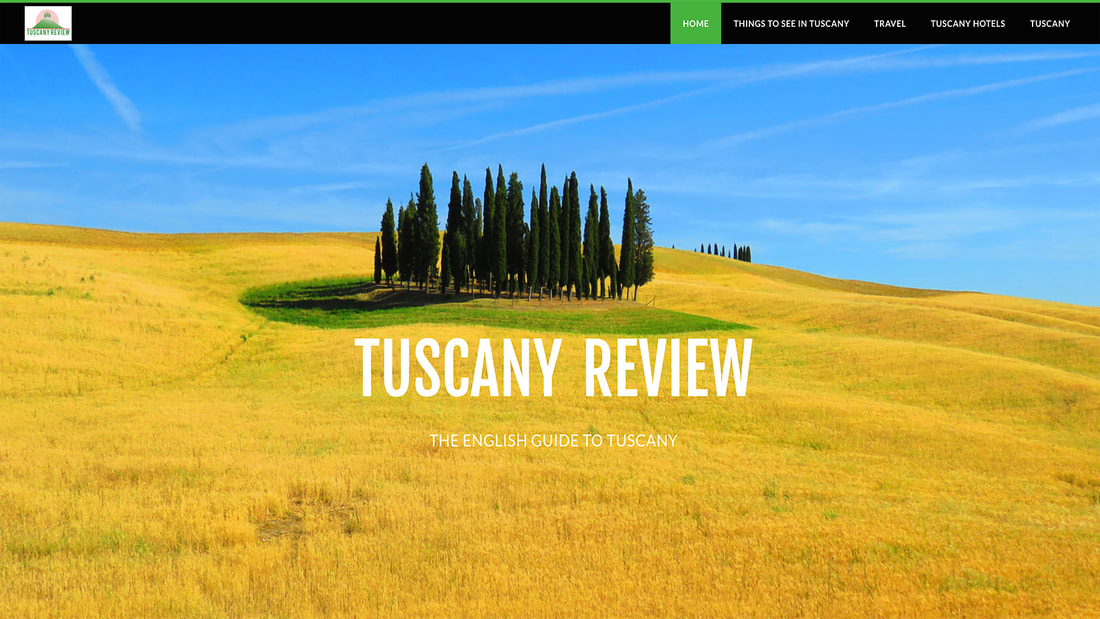Herculaneum
Latest update: 29 January 2024
|
The Herculaneum Archaeological Park is located in the Province of Naples, around 10 kilometres from Naples city centre.
Since 1997 it has been listed as a UNESCO World Heritage site along with the nearby archaeological sites of Pompeii and Villa Oplontis. The park opens every day from 08:30, closing at 19:30 in the evening. |
|
Related links
In 79 AD, the prosperous city of Herculaneum (known as "Ercolano" in Italian) was overcome by the pyroclastic flows from Mount Vesuvius which partially buried the city. However, unlike at Pompeii, the burial at Herculaneum was deep enough so that may of the taller buildings remained unharmed and to this day much of the city is visible and intact.
The site provides a fascinating walk through history and a chance to understand how ancient man lived by wandering through one of its finest cities that has been almost frozen in time.
The site provides a fascinating walk through history and a chance to understand how ancient man lived by wandering through one of its finest cities that has been almost frozen in time.
|
Opening-times:
Mon - Sun: 08:30 - 19:30 |
Prices:
Adults: €11 |
|
Region: Campania
Province: Metropolitan City of Naples Nearest train station: Ercolano Scavi Recommended accommodation: Hotel Herculaneum (450 metres) Close by: Naples, Mount Vesuvius, Pompeii, Villa Oplontis |

